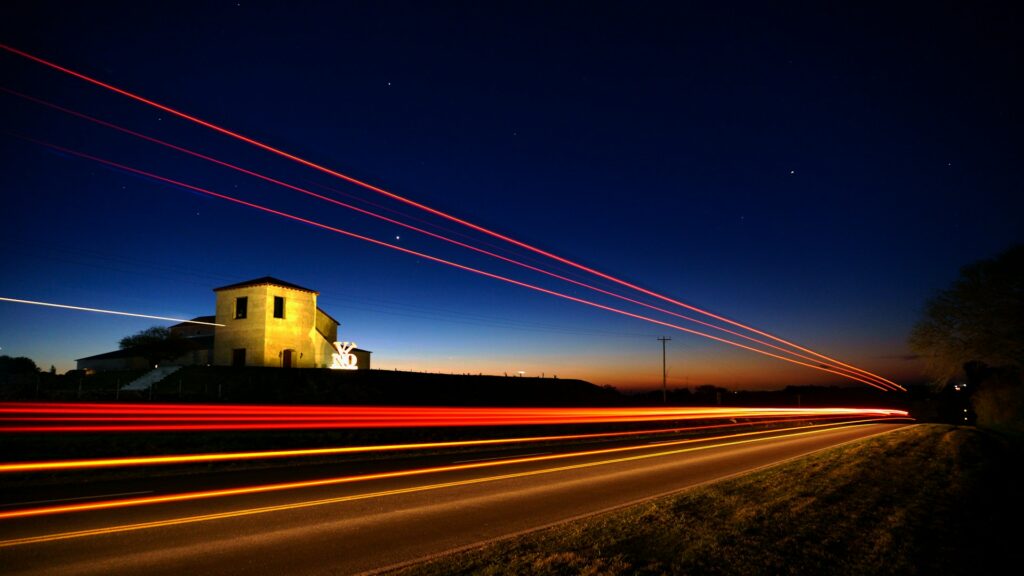We photographers are in a losing battle. The enemy is hard drive space and it always seems to be one step ahead of us. You think you have got your photography storage sorted then one big shoot or time-lapse later and you are running out of space again.
Hard drives and SSDs (solid-state drives) are not as cheap as they used to be. Prices fluctuate frequently, spurred not only by supply and demand, but supply chain factors and political events. At the time of writing hard drives are at a high price point
This makes it even more important to plan out your future storage requirements, giving yourself some breathing room as your shoots build up. Today we are going to take a look at some of your storage options in 2024.
Internal Hard Drives
These days this is really only relevant to PC users and even then desktop and not laptop owners. If you have a decent-sized PC case, then it’s not too difficult to add extra hard drives to your computer. However, even if space is limited the number of Sata connections (most common type of drive connector) may well be.
Traditionally internal drives would be 3.5”” mechanical drives but these days you can buy adapters to put in 2.5” drives. These can be either mechanical or SSD drives. In addition, the motherboards of most modern PCs will allow you to add NVMe (Non Volatile Memory). These fit into dedicated slots on the motherboard similar to adding more RAM. They are extremely fast but priced similarly to SSDs.
Modern Mac users are mainly limited to external drives.
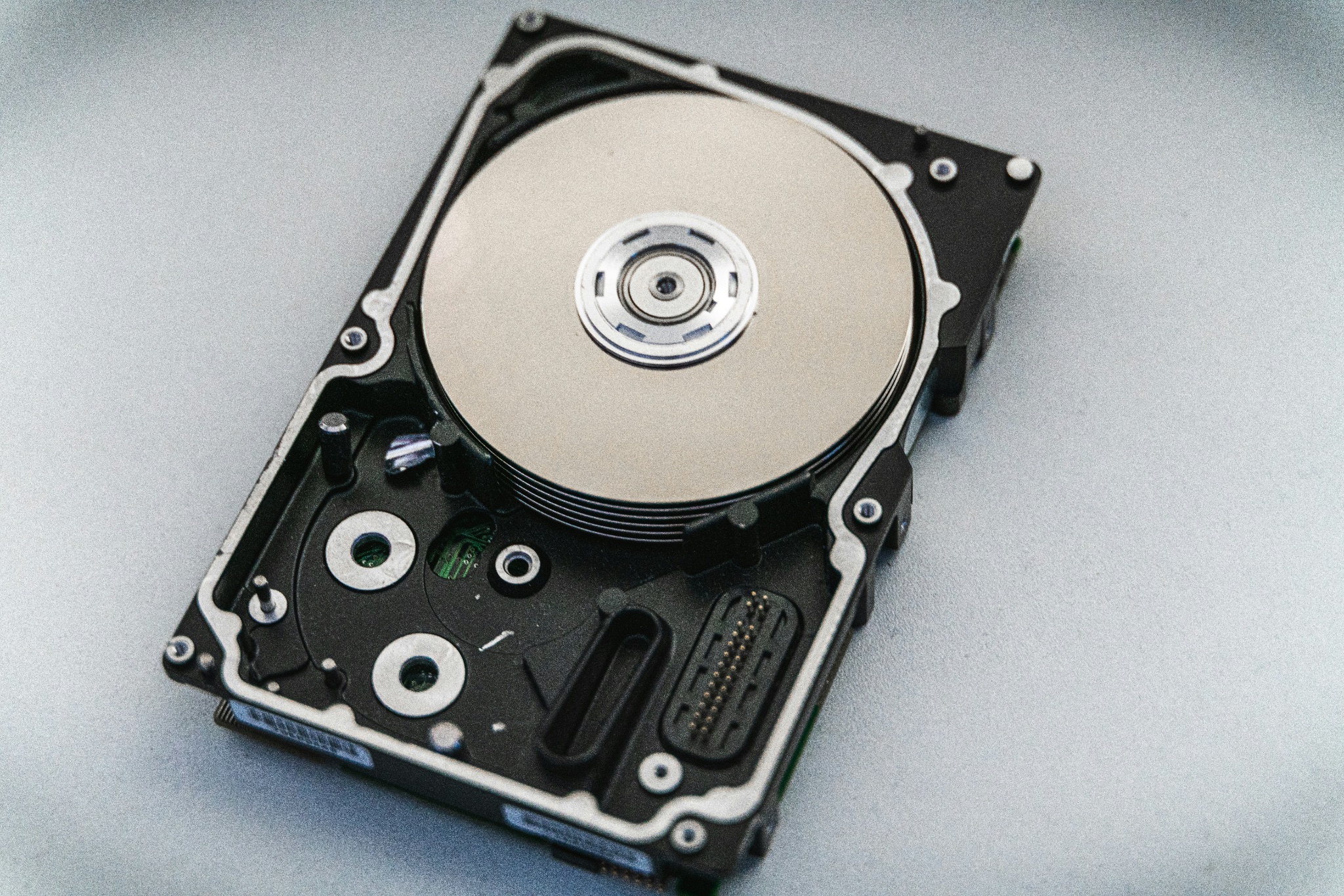
Do You Need SSDs For Photography?
In my opinion, no. Unless you are editing massive Tiffs or PSD files, even a 5200 rpm hard drive will be plenty fast enough. There is however a case for having a smaller SSD or NVMe either internally or externally and that is for your Lightroom Catalogue.
The actual catalog takes up a relatively small space – assuming you keep your images externally to it. However, it needs a fast drive to access what can be hundreds of thousands of referenced images stored in it. Conventional wisdom suggests your Lightroom catalog should be on your fastest internal drive, however, I have found it works equally well on an external SSD if using a fast connection such as USB-C or Thunderbolt. Just make sure your backup catalog is not stored on the same disk as your main one.
There is another case for SSD, and that is if you are shooting video. Video requires a much faster drive than still images. Because of the high cost of SSDs, the best policy is to store video clips on larger, cheaper hard drives and edit using SSDs.
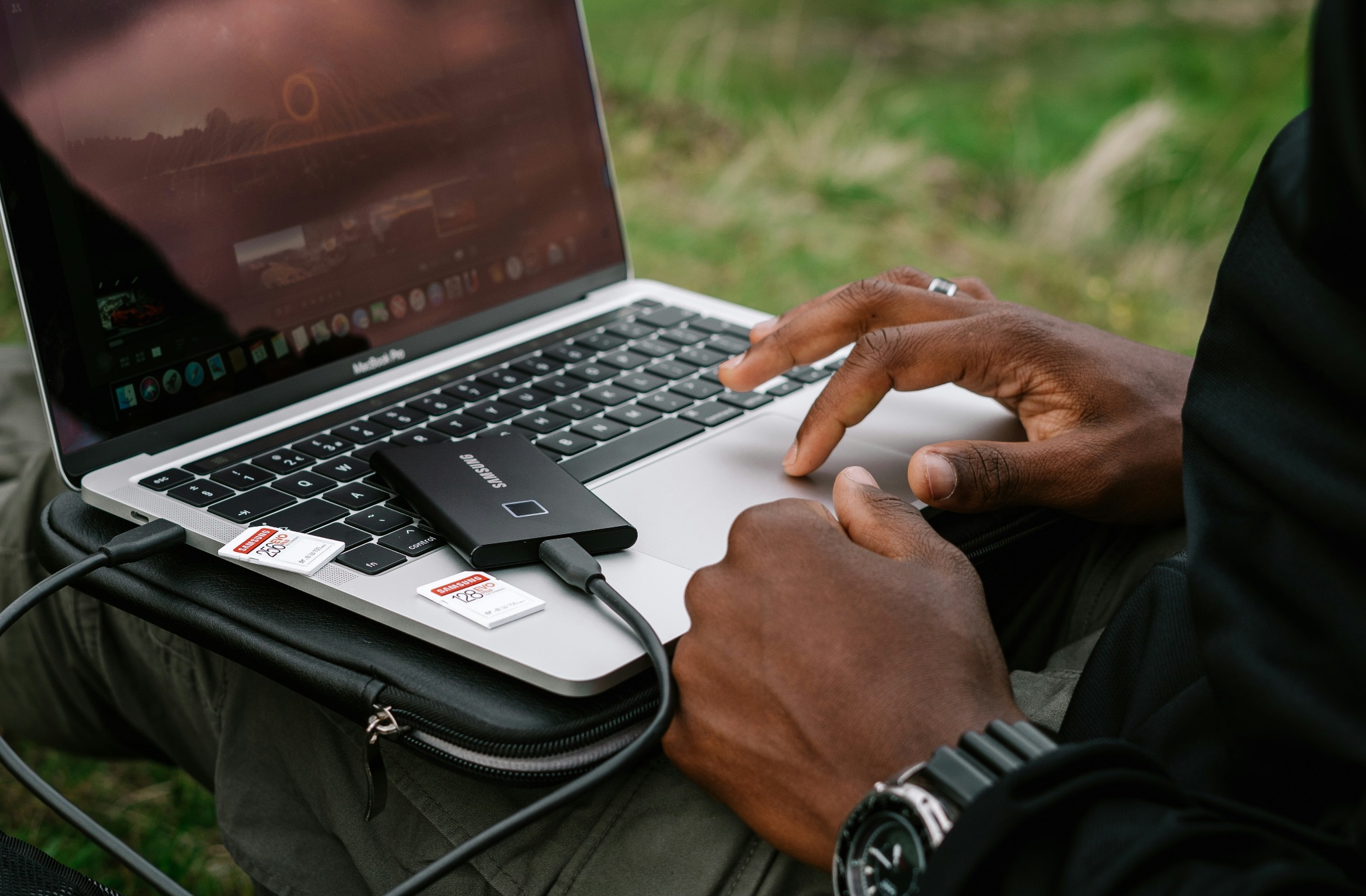
External Drives
External drives are perhaps the easiest and cheapest way to expand your storage as your catalog grows. However, you may eventually run into an issue with USB connections. If you want access to all your images then you will need all your drives connected.
The alternatives to this are to transfer to ever larger external drives or to off-load older, less used images to other external drives and store them. However, if you use a cloud backup system such as Backblaze you will need to reconnect drives every 30 days so that the backup systems can check them. It can be a painful way to store large amounts of images
If you are a relatively low-volume shooter then a large external drive may well be the cheapest and best option. If however, you shoot large amounts of images, then there is an option you may not have heard of.
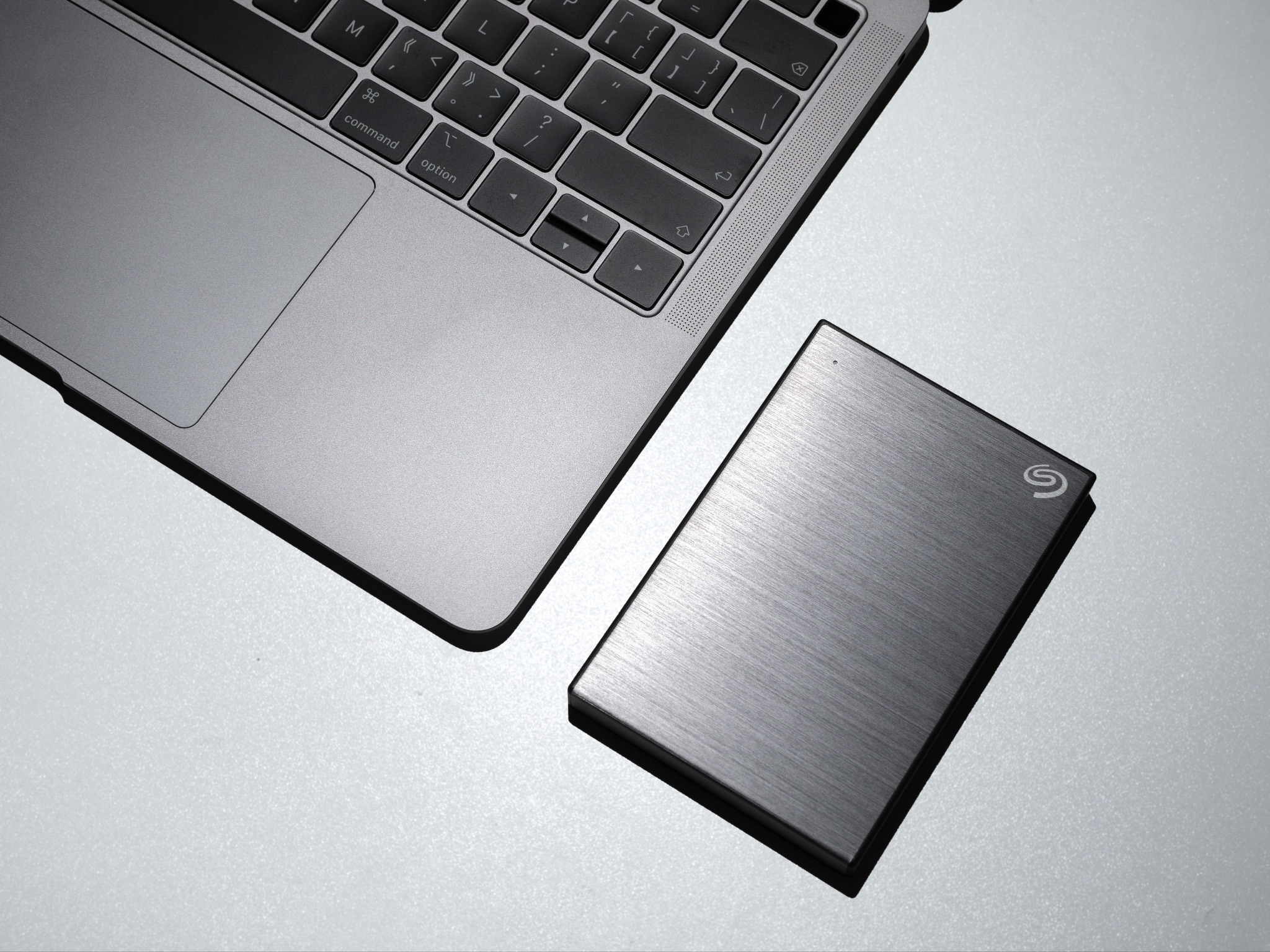
Direct Attached Storage (DAS)
Many of you may have heard of NAS (Network Attached Storage), more on that in a moment. A DAS is very similar except that it connects directly to your computer via USB or Thunderbolt. It is, in effect, a large box that can contain multiple hard drives, either 3.5” or 2.5”.
Cheap ones are simply hard drive enclosures but there are much more advanced versions that feature multiple hard drive bays, hot swapping (adding and removing drives whilst the computer is on), and even RAID setups.
By having a hot-swappable version, you can easily plug in larger drives as your old one fills up and copy images over to it. I currently use a 4-bay DAS with one bay spare. This means, that in the future, as needs require, I can add a larger drive to the 4th bay and copy work across, then archive the old drive as a backup.
You need at least a USB-C connection to get the best speeds out of a DAS. You can also get faster Thunderbolt versions but these are a significant leap in price.
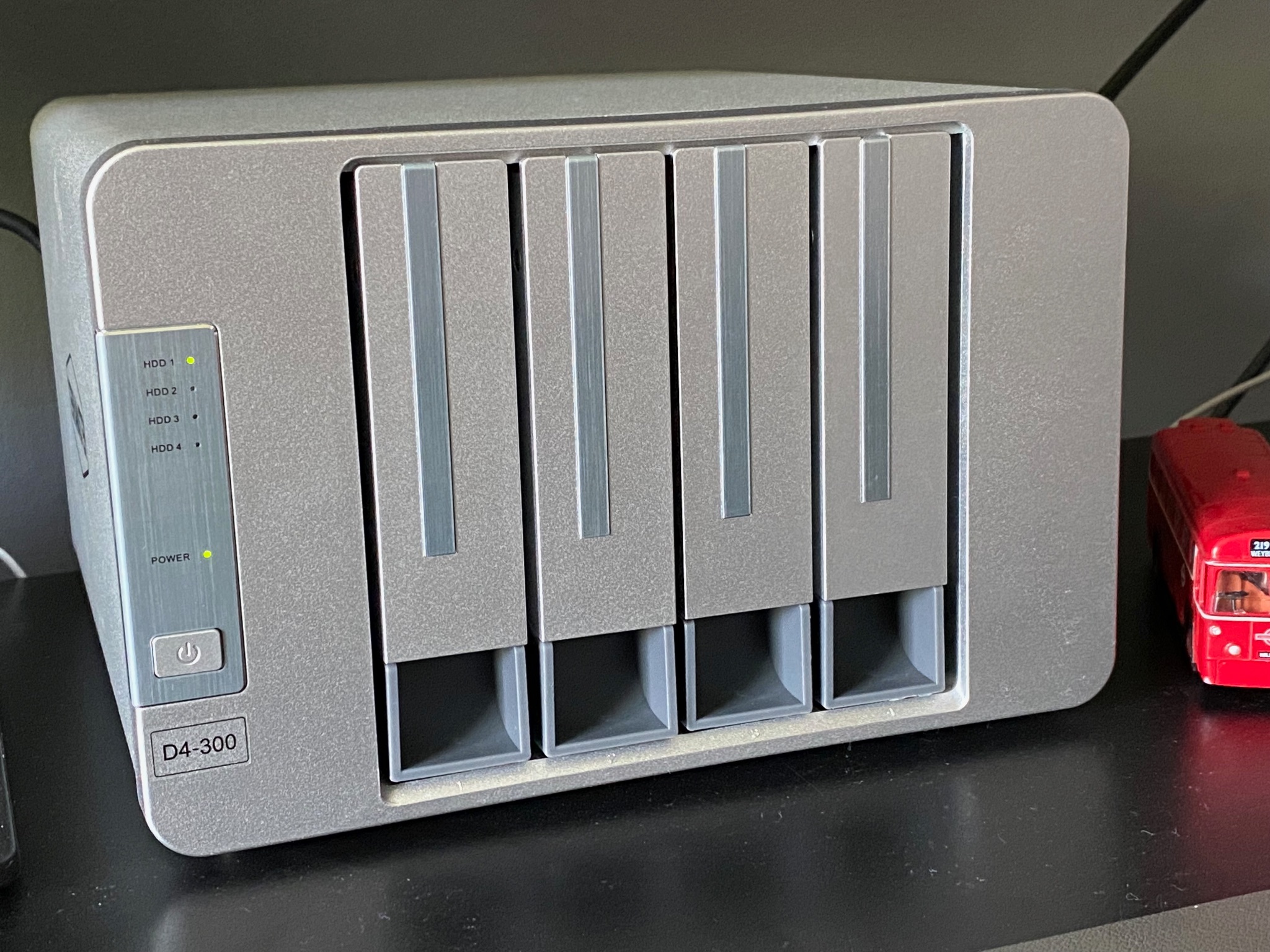
Network Attached Storage (NAS)
A NAS system is very similar to a DAS except that it connects to your router and not directly to your computer. The advantages of this are that you can access your images from multiple devices, desktops, laptops, tablets, and phones. You can also remotely access files through cloud services. This means you can edit and send images from any location with a wifi connection.
However, a NAS is limited by the speed of your home network. Ethernet connections may be faster than WiFI but neither will be close to the speed that a DAS can transfer files. This is probably not an issue for still images even as RAWS but if you shoot video, you will need to transfer files to a faster drive or edit using proxies.
NASs can be a simple two-drive affair all the way up to multiple disk behemoths. They support RAID for increased speed and redundancy and most can be expanded by adding extra external drives. They are the best solution for photographers with multiple devices or that are constantly on the move.
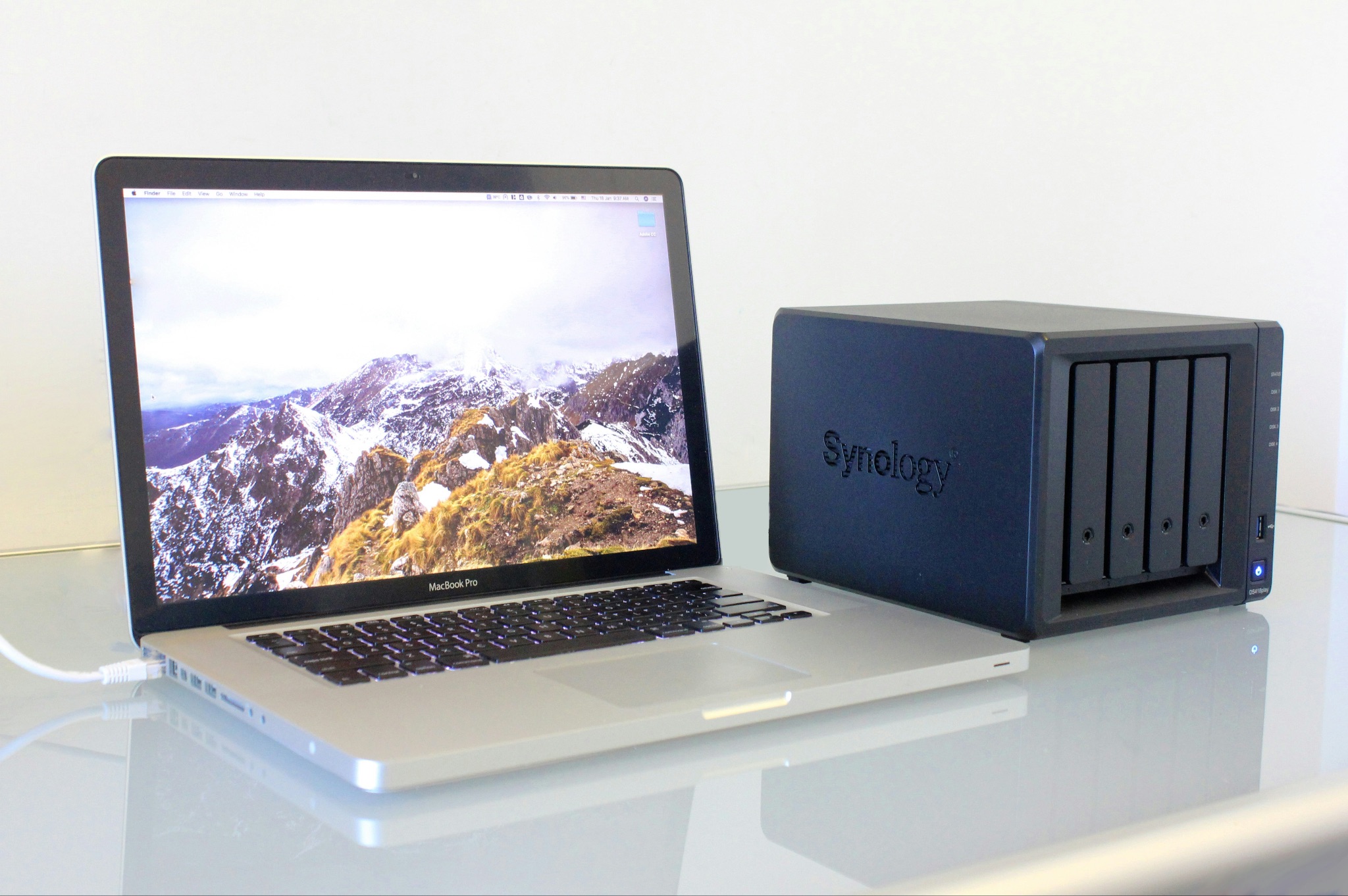
Planning Your Storage
It can be quite difficult to work out future storage needs, conventional wisdom dictates that you go for as much space as you can afford. You can try to estimate based on previous years' shoots, but that is fraught with issues. For example, in my case going to medium format RAWs and 10bit 4k video has massively increased my drive space usage.
If you shoot only smaller amounts then a simple external hard drive storage solution is probably the best bet. If you shoot a lot but generally work from one computer then DAS and its expandability is the way to go.
For photographers on the go, or that require others to access their work, then an NAS is probably the best bet.
Lastly, as I said at the top, hard drive (and SSD) prices can fluctuate a fair bit. If you anticipate needing more space in the future and the price at the time is relatively low, then it’s well worth buying the drive and not waiting.
Before we go, it's important to note that this article is about storing your original images. It's important that as well as your primary storage, you have your images backed up. We have a whole article about that here.


